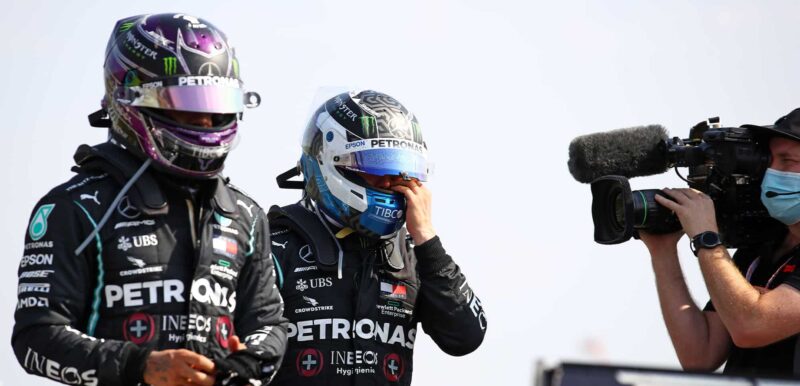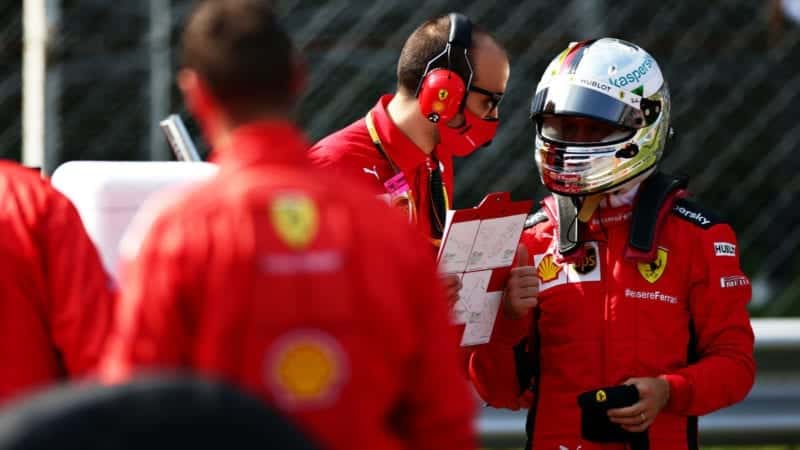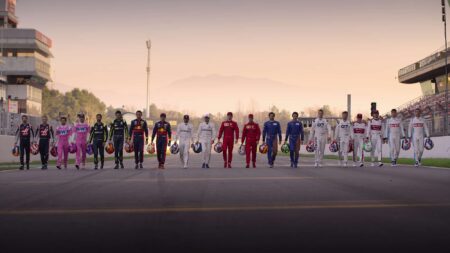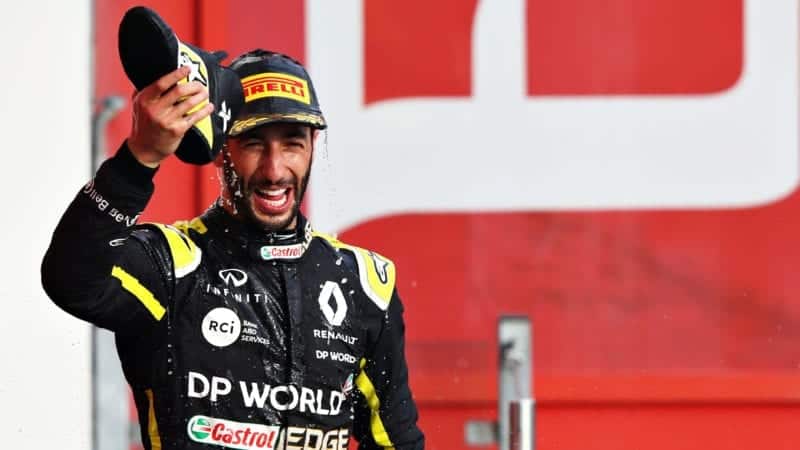Before any racing can begin, though, F1 comes grinding to a halt in Melbourne due to Covid-19, but F1 personnel don’t have much new insight to bring – Hamilton’s “cash is king” comment remains the standout remark.
Mercifully, the series spends little time focusing on what drivers get up to in the extended off-season, instead getting back to the action in Austria quick.
The revised season is all seemingly sorted with one quick phonecall from Liberty CEO Chase Carey to McLaren boss Zak Brown.
“Europe, Middle East? Global? Sounds like everything’s under control!” says Brown in his Marvel action hero voice. Sorted!
As we swiftly move on, the Mercedes and Ferrari episodes are given star billing — and with good reason.
An examination (by all team members) of the Valtteri Bottas psyche and how he copes with being crushed by Hamilton week in, week out is fascinating.
Bottas and his agent do things the Finnish way, having a heart to heart on his career prospects whilst enjoying/enduring a steamy sauna.
He then attempts to take this ‘balls out’ attitude to the track – by going slower. It’s all part of the Bottas masterplan.
Things get a bit emotional as ‘Botman’ shows how he’s not afraid to play dirty in Sochi, giving Max Verstappen a tow in qualifying and thus affording the Mercedes a more favourable starting position.
Watching the different Silver Arrow factions grate against one another in reaction to this situation is essential viewing. A contrast to the united front that the team is at pains to demonstrate in public.
Similar to Bottas, but perhaps on another level, we see a new Sebastian Vettel. Fresh from learning he’ll be dumped by Ferrari come the end of 2020, he now constantly makes mischievous remarks at press events and revels in the cringe-worthy communications meetings which proceed each new Scuderia disaster.
Far removed from the PR pap of the first Ferrari episode in DtS2, this is full-on Modena meltdown.
The car’s rubbish, their world champion driver hates them and now they’re the laughing stock of the whole grid to boot.
Seeing other teams’ glee at this situation might be painful for some Ferrari fans, but it’s a standout episode in the short history of DtS.
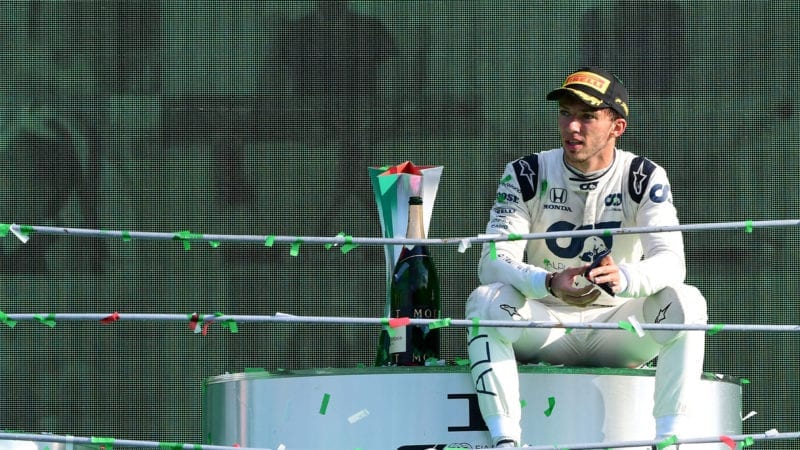
Gasly’s reaction to Red Bull’s stance on his progress is essential viewing
JENNIFER LORENZINI/POOL/AFP via Getty Images
Both Merc and Scuderia instalments – and many others – feature Red Bull bosses Christian Horner and Helmut Marko comprising a ‘two stooges’ role as if in some kind of Shakespearean play.
After one event or another plays out on the grid, the shot frequently pans to ‘Horner and Helmut’ as the two chuckle, ho-hum and pass down judgement between themselves.
Of course, it wouldn’t be DtS without a full season’s worth of Red Bull crucifying at least one of their drivers, with Horner clearly relishing the ‘kingmaker’ role. Alex Albon is the case in point this time but, of course, last year’s victim Pierre Gasly gets pulled into proceedings as well.
Hearing Gasly’s reaction to what Horner says about him in a radio interview, as the Frenchman travels to the Italian Grand Prix – which he then wins – more than proves DtS’s worth. The timing is incredible.
The breakdown of the Cyril Abiteboul / Daniel Ricciardo relationship is hilarious – we’re left wondering whether the most irritable man in motorsport might ever get over losing his smiling sweetheart.
When the Australian announces he’s leaving Renault, Abiteboul expresses just how gutted he is. They had so many plans, so many dreams! The Renault team boss admits he’s an emotional man – shock horror – hence his testy reaction to Ricciardo’s departure via press release and everything that followed.
